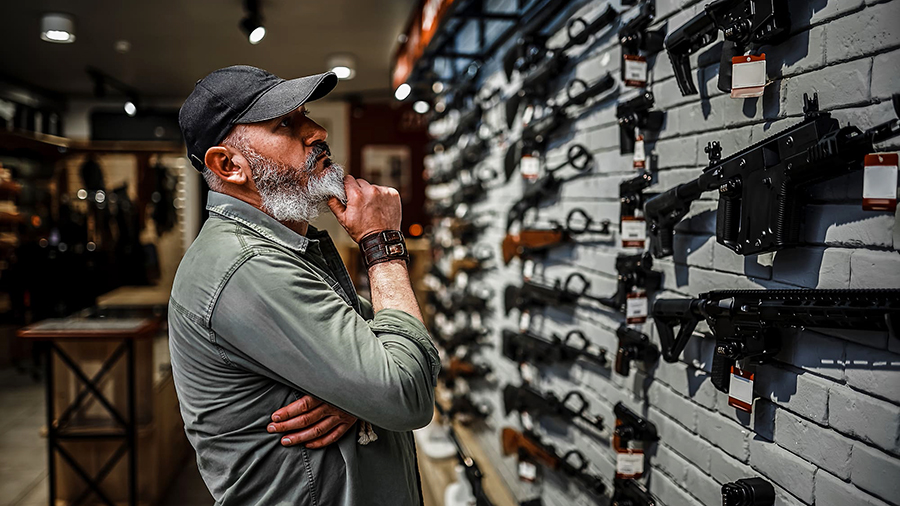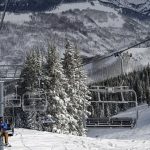NSSF, The Firearm Industry Trade Association, is celebrating the U.S. Fish and Wildlife Service’s recent announcement that $1.6 billion will be apportioned to state conservation and wildlife access programs, driven mostly by firearm and ammunition manufacturers.
The record-setting distribution of funds comes from the Pittman-Robertson and Dingell-Johnson excise taxes paid by the firearm, ammunition and angling industries.
Nearly $1.15 billion of the $1.19 billion of those funds are directly sourced from firearm and ammunition excise taxes paid by manufacturers. Firearm and ammunition manufacturers have paid over $25.38 billion into the fund since its inception in 1937 when adjusted for inflation. These funds directly contribute to wildlife conservation through the Wildlife Restoration Act (also known as the Pittman-Robertson Act) and provide funding for conservation programs, increased access to public lands and hunter education.
“The firearm industry is tremendously proud of the contributions we make to conserving our wildlife and the habitats wildlife need to thrive for generations to come,” said NSSF President and CEO Joe Bartozzi. “Our industry is at the forefront of wildlife conservation. Each time a recreational shooter or hunter purchases firearms and ammunition, they are supporting the manufacturers that pay these taxes to ensure America remains the gold standard for sustainable conservation and wildlife management.”
The Wildlife Restoration Trust Fund, known as the Pittman-Robertson fund, is funded by excise taxes paid by firearm and ammunition manufacturers on their products, as well as archery equipment manufacturers. The excise tax is set at 11 percent of the wholesale price for long guns and ammunition and 10 percent of the wholesale price for handguns. The excise tax, paid by manufacturers and importers, applies to all firearms produced or imported for commercial or federal law enforcement sales, whether the purpose is for recreational shooting, hunting or personal defense. The tax is administered by the Alcohol and Tobacco Tax and Trade Bureau (TTB) of the Department of the Treasury, which turns the funds over to the U.S. Fish and Wildlife Service (USFWS).
USFWS deposits the Pittman-Robertson revenues into a special account called the Wildlife Restoration Trust Fund administered by the USFWS. These funds are made available to states and territories the year following their collection based on a statutory formula. These 10 to 11 percent excise tax dollars collected since 1937 under the Pittman-Robertson Federal Aid in Wildlife Restoration Act are specifically designated to be used by state wildlife agencies for conservation and related purposes. Collectively, purchasers of firearms and ammunition, hunters and the firearm and ammunition industry are the greatest source of wildlife conservation funding.
Photo courtesy Free Range American













